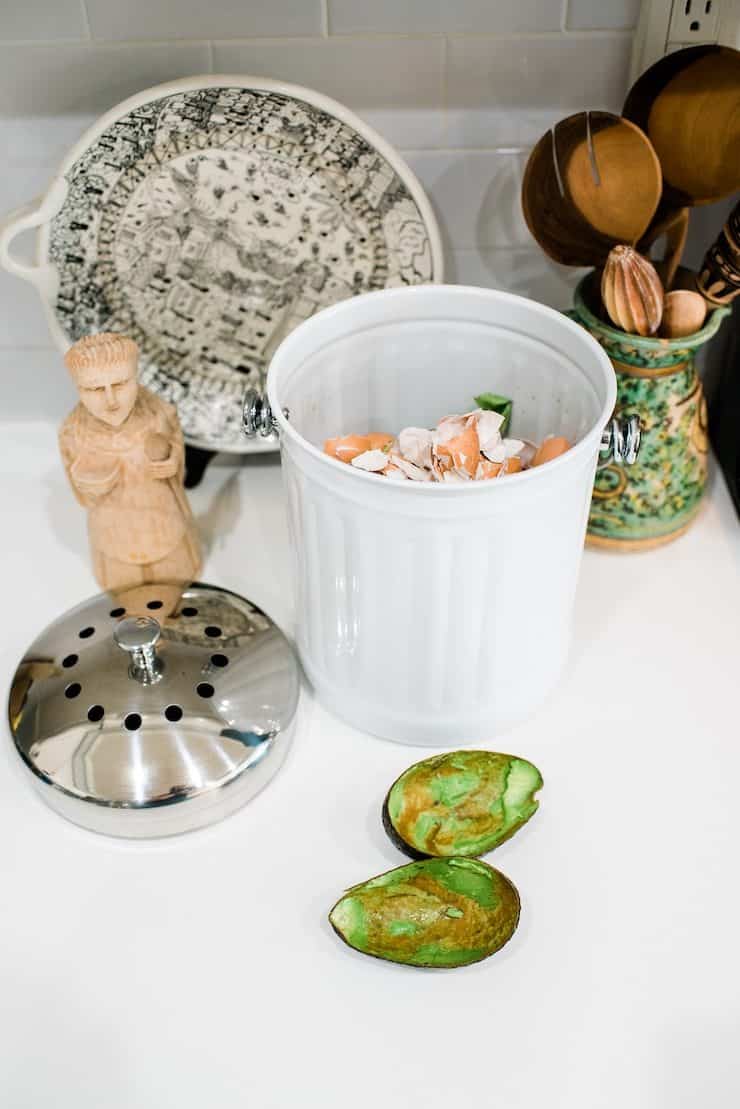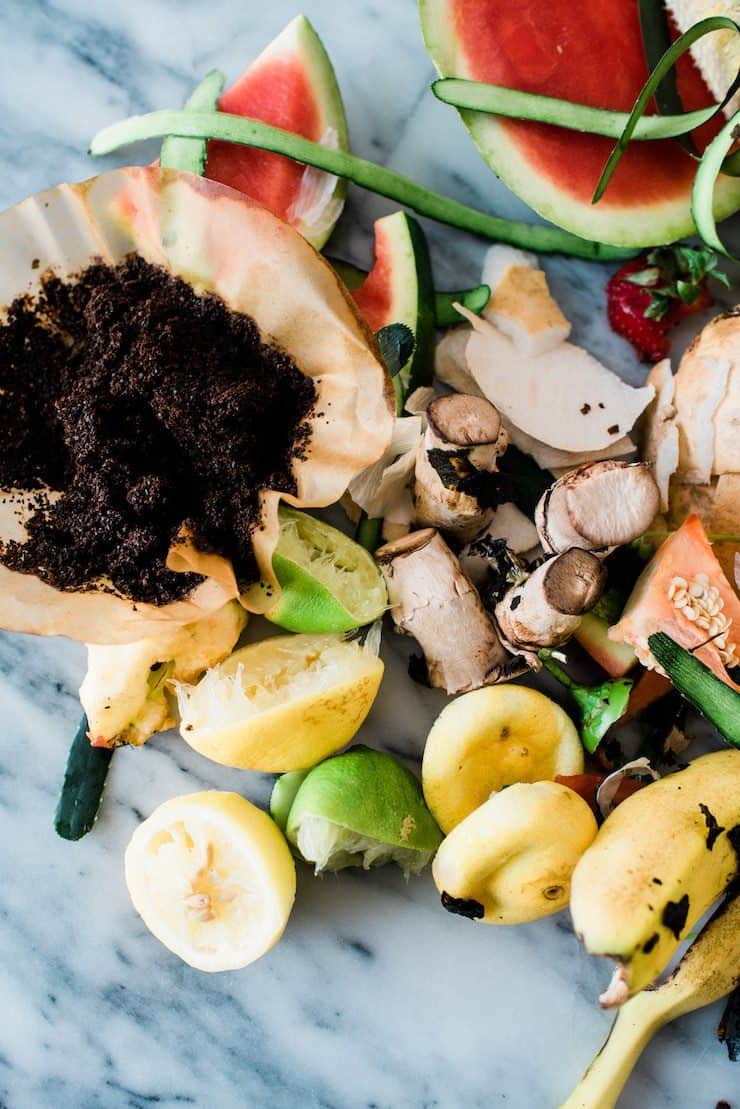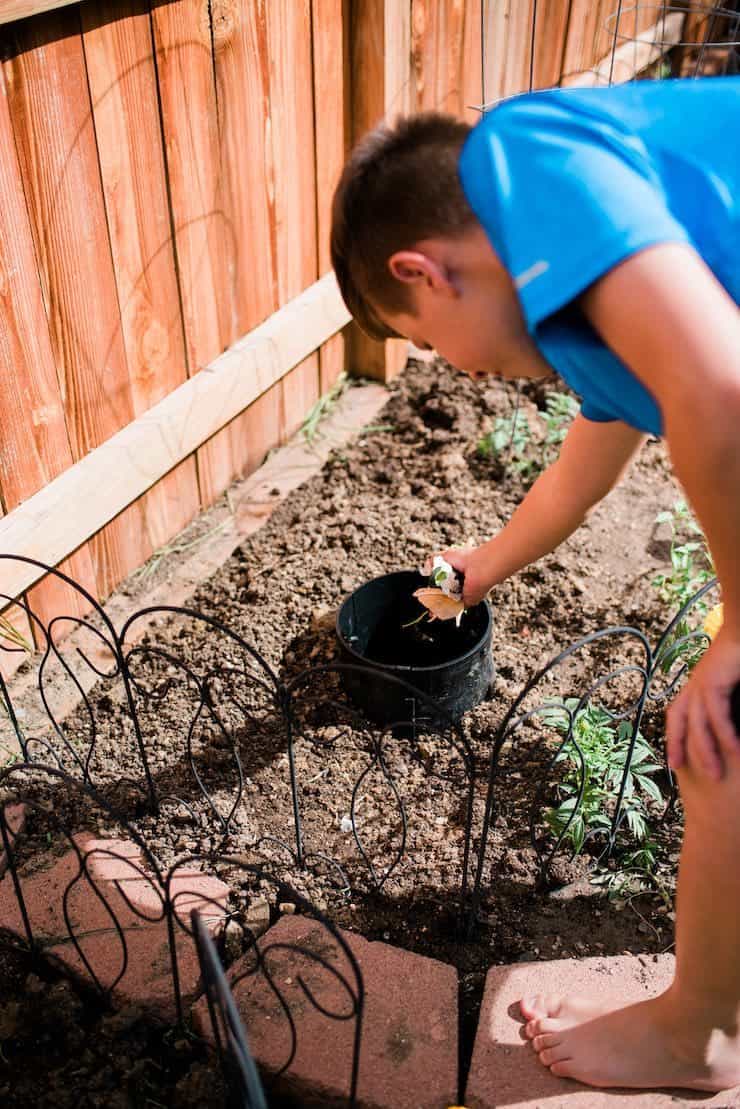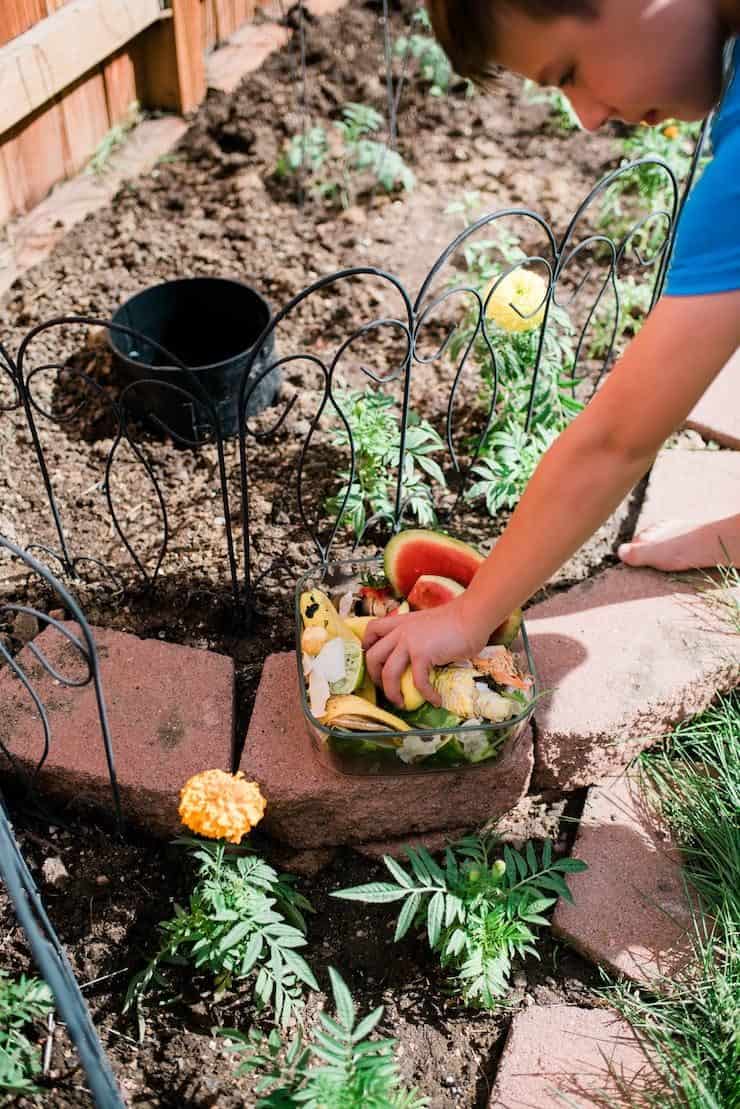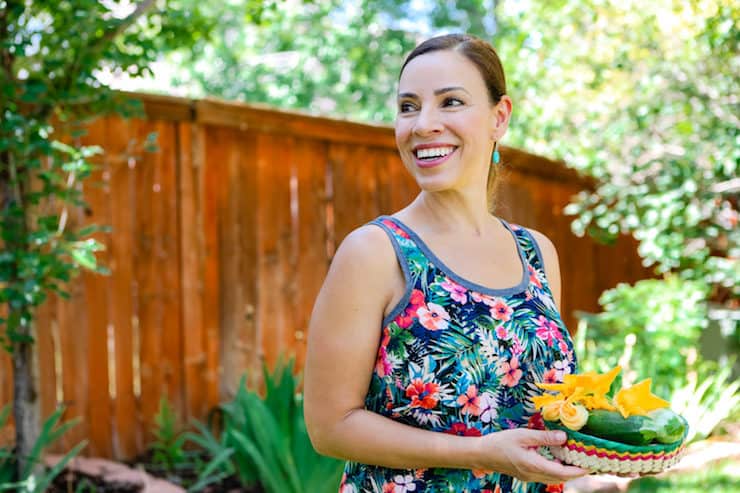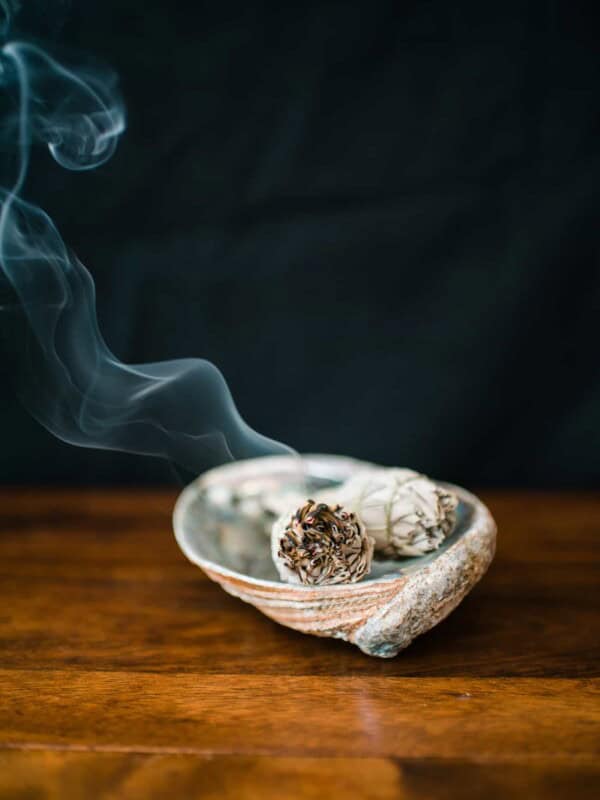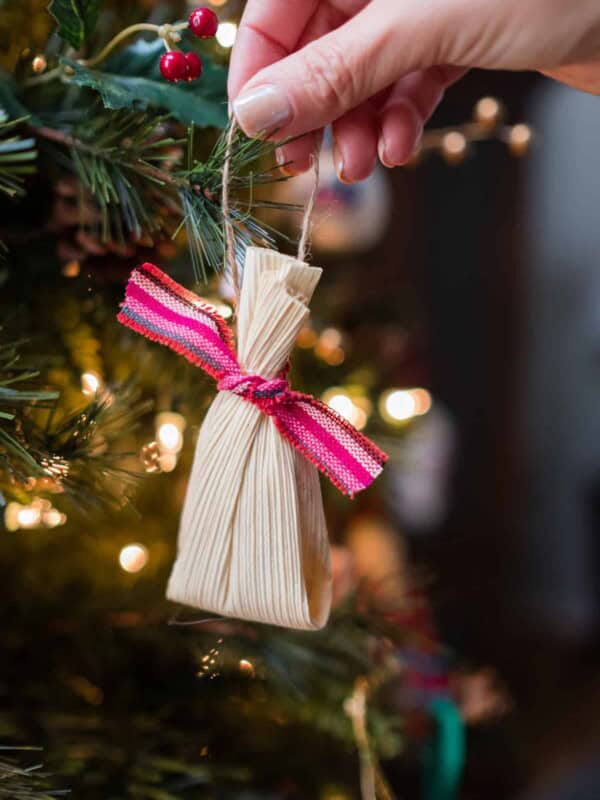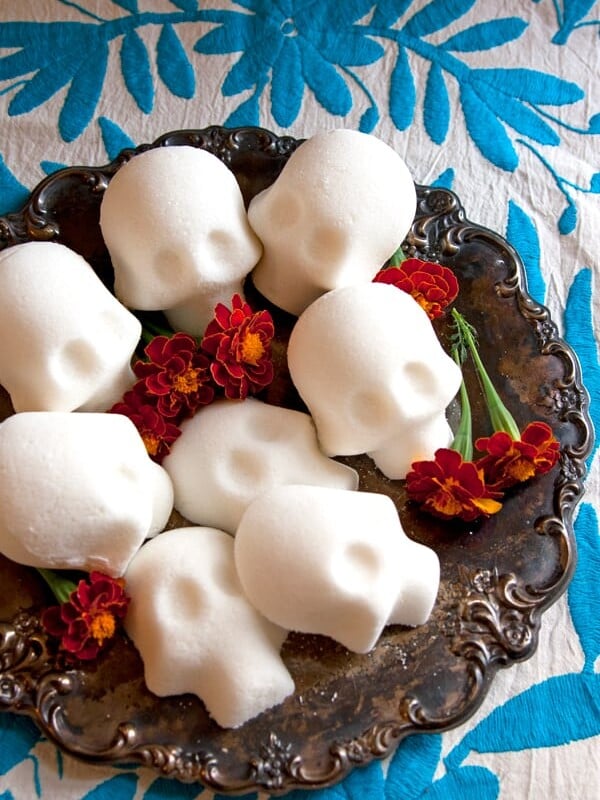How to Compost at Home
0
Updated Mar 02, 2025, Published Jul 19, 2019
This post may contain affiliate links. Please read our disclosure policy.
As you might know, I love my little home garden. It is not a very big space, but I love knowing that I have fresh ingredients to pick during the summer. I grow a variety of tomatoes, peppers, and squash.
If I had known how easy composting was, I would have started a long time ago! I was under the impression that it was time consuming, attracts animals, and worst of all, stinky.
Now that I have researched, purchased the right tools and have been composing for a couple months now, I would like to share some tips and my experience with you.
Kitchen Compost Pail
We begin our day by adding our coffee grinds and eggshells, including the coffee filter to our countertop compost bucket. This bucket is not bulky and does not take up much counter space. My favorite part is that it has a charcoal filter that eliminate odors and is easy to clean.
It holds a little over a gallon of food scraps, which is good, because as you can imagine, I typically have a lot of scraps to add throughout the day.
It is best to finely chop scraps, so they will decompose faster.
Kitchen Items to compost
Items that are acceptable are:
- Fruit and vegetable scraps, chopped
- Coffee grounds and filters
- Eggshells, crushed
- Used paper towels (unbleached)
Do not compost
Do not compost the following, they will attract pests:
- Meat or fat
- Bones
- Fish scraps
- Dairy products
- Grease
- Banana peels and orange rinds (I just learned that the may contain pesticides and I will no longer be composting these items)
- Garlic and onion (I just learned that these items repel earthworms which are essential)
At the end of the day, or week, when the bucket is full, my son Blake takes all the scraps out to our garden where we have another, larger composter buried in the garden bed.
It is a plastic container open at the bottom with a locking lid. Blake empties the kitchen bucket into the garden composter.
Since the garden container has a locking lid, vermin cannot get in. We then gently stir the mixture, or aerate it, once a week, adding a heap of garden dirt. The goal is to have happy earthworms helping you with the process, so remember to stir gently. When the container gets too full, we empty the contents and mix it into our garden soil.
Speaking of worms…you will need composting worms. Can you believe I ordered worms on Amazon?
Other Items to compost
Additionally, in the outdoor composter, we may add:
- Grass clippings (add in thin layers so they don’t mat into clumps)
- Leaves or dead flowers (not weeds)
What to buy to start composting
- Countertop compost bucket
- In-ground composter
- Composting worms
- Compost starter
- Find more gardening supplies I recommend in my Amazon shop
That’s literally all there is to it! There are many articles out there that have many more steps detailing different types of composting and different composters, but with my busy schedule, simplicity is key. This website has some great detailed tips: How to make nutrient-rich, garden ‘gold’ in the composter that will help your garden thrive.
Seasoned gardeners may have different or varied processes, but I have to keep things quick and simple. I urge you to do research and figure out what works best for you.
Why compost?
Nutrient-rich soil
You are making natural nutrient-rich soil without the need to purchase chemical-filled fertilizers. Compost is great for vegetable gardening, flower gardening, herb gardening, and even houseplants.
Composting is good for the environment
Did you know composting can divert as much as 30% of household waste away from the garbage can? When organic matter goes to the landfill, it lacks the air it needs to decompose quickly. Instead, it creates harmful methane gas as it breaks down, increasing the rate of global warming and climate change.
Reduces Landfill Waste
Diverting waste from the landfill means that our landfills will last longer (and so will our open spaces).
Watch this Composting for Beginners video
Do you compost? I’d love to hear any tips you might have.
[mv_video aspectRatio=”16:9″ key=”nujoshwr1w5vsrqqqyta”]

